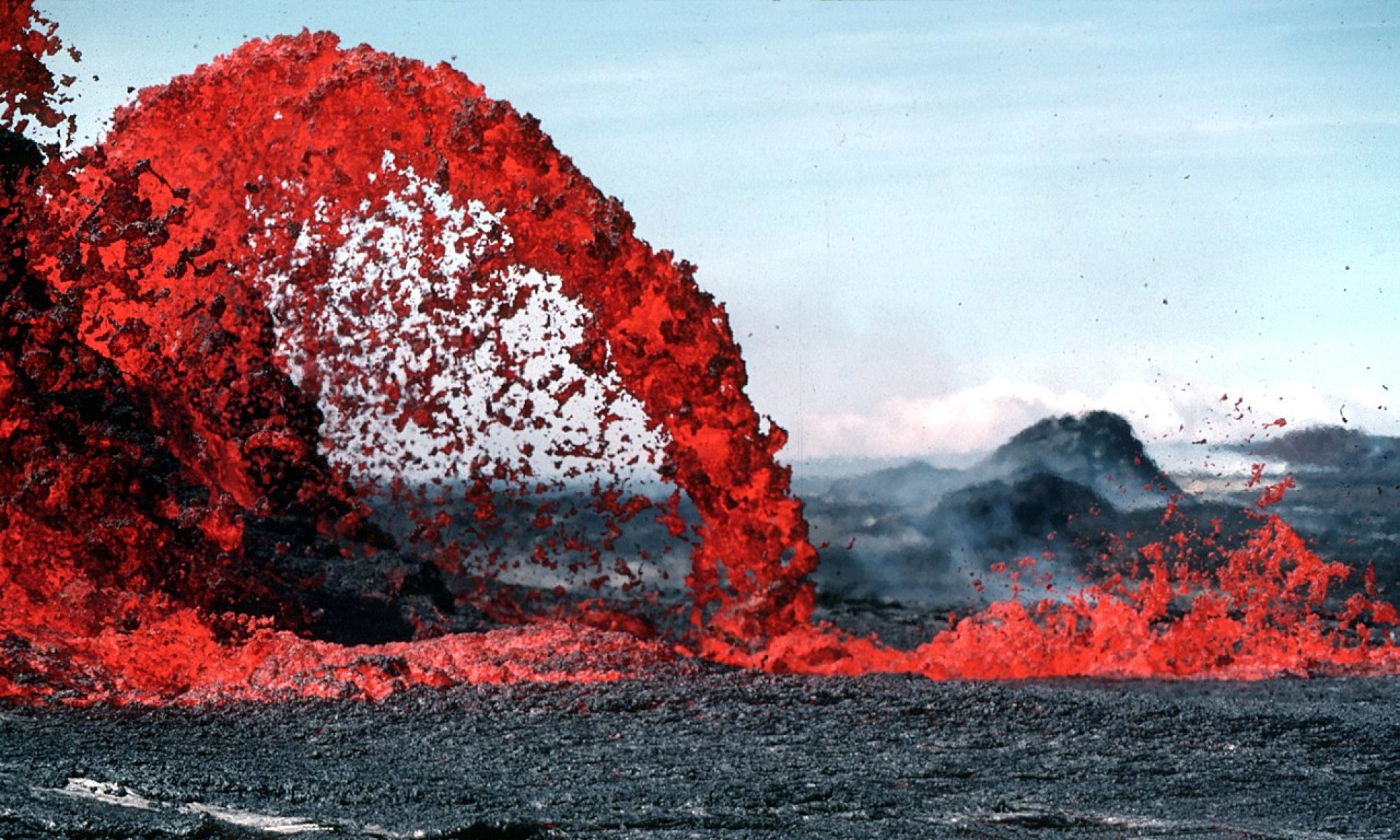We have mostly discussed forces as changing the magnitude of the velocity of an object. In this unit, we will examine and quantify the relationship between forces and a change in direction. The relationship between force, mass, and acceleration has been modeled mathematically as:
a = Fnet/m
When the value of the velocity is changing, we can easily re-write this as
vf – fi = Fnet/m
But iif the magnitude of the velocity is constant–for example running around the circle end of the track at a constant speed–we need another way to calculate the acceleration
Keep in mind, that the units of acceleration are m/s/s, so whatever formula we develop should have those same units.
We can predict that, as an object changes direction, the mass will still affect the amount of force needed to accelerate it (remember, in this case we are only looking at the change in direction and its affect on acceleration).
With your group, brainstorm a couple of variables that might affect the amount of force needed to change the direction of an object. Picture yourself in a car going around curves; what would affect the force you experience.
In this course, we will generally model objects moving in circles, not parabola or other shapes without a constant radius.
For each variable you select, use your past experiences and your knowledge of forces to predict if increasing that variable will increase or decrease the amount of force necessary to keep it in a cicle.
Write an equivelance statement for a in terms of your variables. Keep in mind your units to see if they combine for m/s/s.
Testing your prediction
Now it’s time to test our your prediction.
